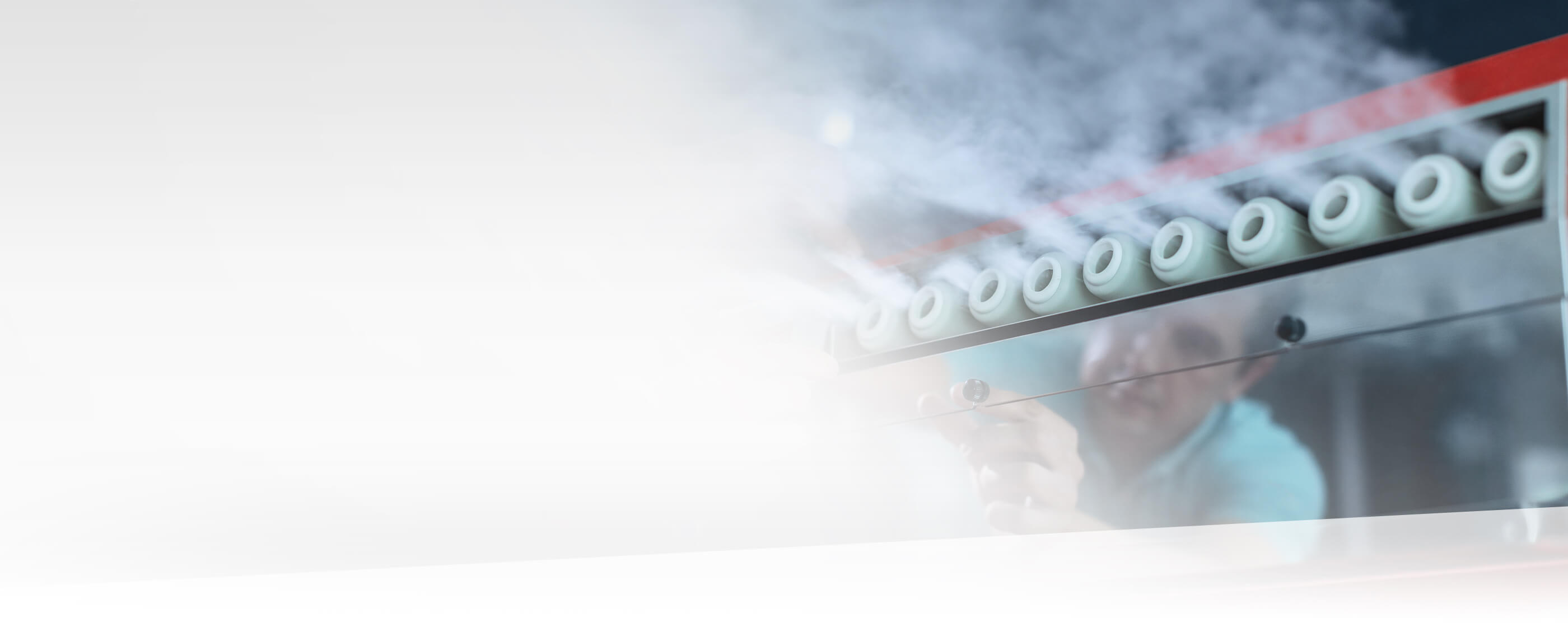The Impact of Humidity on Health
Humidity is a factor we often overlook, but it plays a crucial role in various industries. From hospitals and museums to data centres and offices - the right humidification strategy can make the difference between a healthy, efficient working environment and damage to equipment or products. But how do you choose the right humidification method?
In this article, we dive into the three main humidification techniques: Isothermal Humidification, Adiabatic Humidification and Water Treatment. Each method has unique advantages and is suitable for specific applications.
1. Isothermal humidification - For critical and hygienic environments
In hospitals, laboratories and museums, stable humidity is essential. Not only to protect patients' health, but also to preserve sensitive equipment and valuable works of art. This is where isothermal humidification comes in.
A good example is the heaterSteam, a steam humidifier that offers accuracy down to ±1% relative humidity. This is crucial in environments where even small fluctuations can cause damage. In addition, the high temperature eliminates bacteria and viruses, improving hygiene.
Applications:
- Hospitals - Operating rooms and intensive care units require sterile air.
- Museums, libraries and archives - Protects works of art and historical documents from drying out and mould.
- Pharmaceutical industry - Essential for controlled production environments.
2. Adiabatic humidification - Energy-efficient and flexible
Not every environment requires the sterile precision of isothermal humidification. In offices, data centres and production facilities, it is often more important to save energy while regulating humidity. This is where adiabatic humidification offers a solution.
For example, the humiFog Multizone Touch is a high-pressure misting system that uses up to 90% less energy than traditional steam humidifiers. This is a gamechanger for large buildings, where humidification would otherwise consume a lot of energy.
Applications:
- Offices and schools - Ensures a pleasant indoor climate and prevents dry air.
- Data centres - Prevents electrostatic discharges and aids cooling.
- Production halls and warehouses - Prevents drying out of materials such as wood and paper.
- Spray booths - maintaining the best moisture level to ensure the quality and uniformity of the sprayed product.
- Food industry - humidification in biscuit production, pasta, proofing cabinets and all hygroscopic materials and ingredients.
Subgroups within Adiabatic humidification
- Ultrasonic humidification - Extremely fine atomisation
- Indirect adiabatic humidification - Cooling without additional moisture
3. Water treatment - The basis for efficient humidification
Humidification involves dispersing water directly into the air. But what if that water contains impurities? This can not only affect air quality, but also cause damage to equipment. This is why a good water treatment system is essential.
For example, the WTS reverse osmosis system removes up to 99% of dissolved minerals and impurities. This prevents scaling in humidifiers and minimises maintenance.
Applications:
- Hospitals and pharmaceutical industry - Prevents bacterial growth in humidification systems.
- Adiabatic systems in offices and industry - Provides clean water without mineral residues.
- Museums and archives - Prevents contamination of air handling systems.
Which humidification method suits your market?
Proper humidity is not just a luxury, but a necessity in many industries. Isothermal humidification offers maximum hygiene, adiabatic humidification is energy-efficient and water treatment is essential for a reliable system.
Want to know which solution best suits your situation? Contact STULZ for expert advice!



